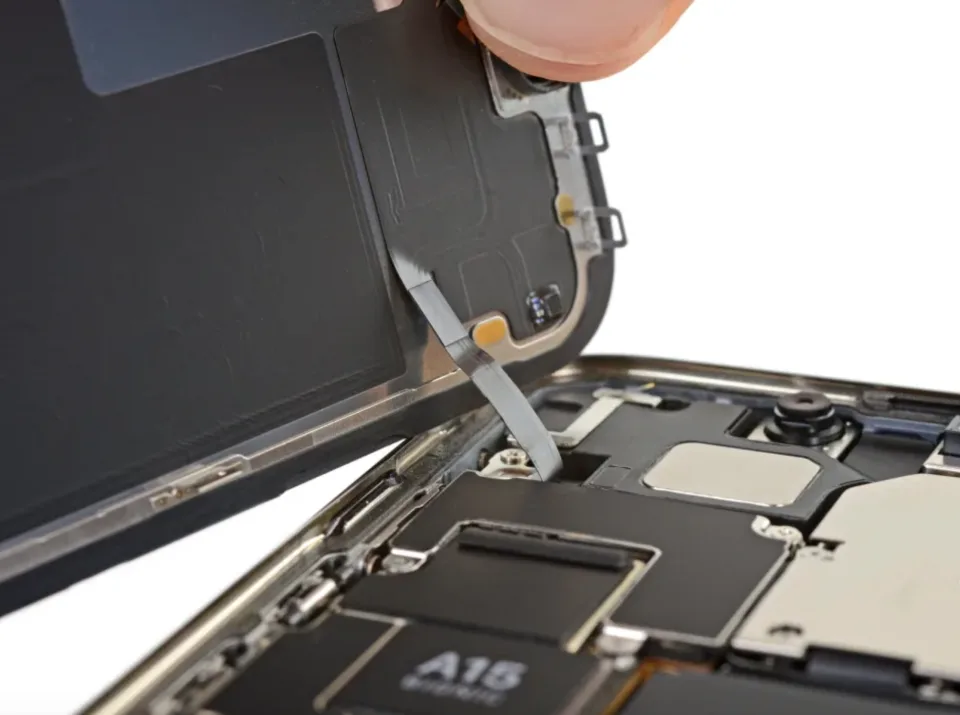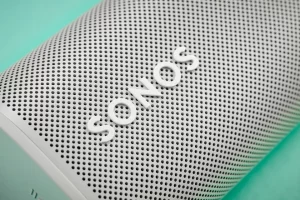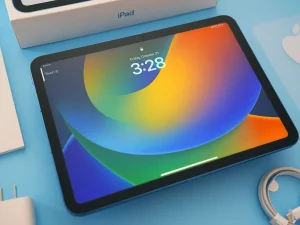Apple has expanded its self-repair program significantly, now granting users of iPhone 15 and M2-powered Mac devices the ability to undertake their own repairs. This follows the company’s earlier inclusion of iPhone 14 models and M2-powered laptops in the program earlier this year.
The expanded list of devices eligible for DIY repair includes the complete iPhone 15 lineup, the Mac Pro, Mac Studio, the 16-inch MacBook Pro, and the 15-inch MacBook Air, among others. Apple is also broadening the program’s availability to 24 additional countries, such as Croatia, Denmark, Greece, Netherlands, Portugal, and Switzerland, bringing the total count of nations in the Self Service Repair initiative to 33.
A newly introduced diagnostic tool is now at users’ disposal to assist in troubleshooting. While Apple had previously provided a System Configuration tool during Diagnostics mode, the new web-based diagnostic tool takes diagnostics to a more comprehensive level. Currently available in the US, this tool can directly identify various common issues (provided you have a second device on hand to run it). Utilizing the tool entails placing the hardware you wish to test into Diagnostics mode and entering its serial number on the website.
Apple is set to conduct a diagnostic analysis of the issue and present users with a step-by-step repair guide. This system is capable of testing for problems related to the display, software integration, audio output, camera functionality, and Face ID, with additional tests in development. Essentially, this empowers regular users with the same access to diagnostic tests as Apple authorized service providers.
However, Apple’s move is not purely altruistic, driven by the considerations of its M2-powered technology. The company has been under increasing pressure from various global governments to comply with newly mandated right-to-repair laws. While this program may help preempt potential legal challenges, Apple still has further strides to make in solidifying its commitment to the right-to-repair. Nevertheless, the addition of more DIY repair options is always a positive development, regardless of the context that led to it.




